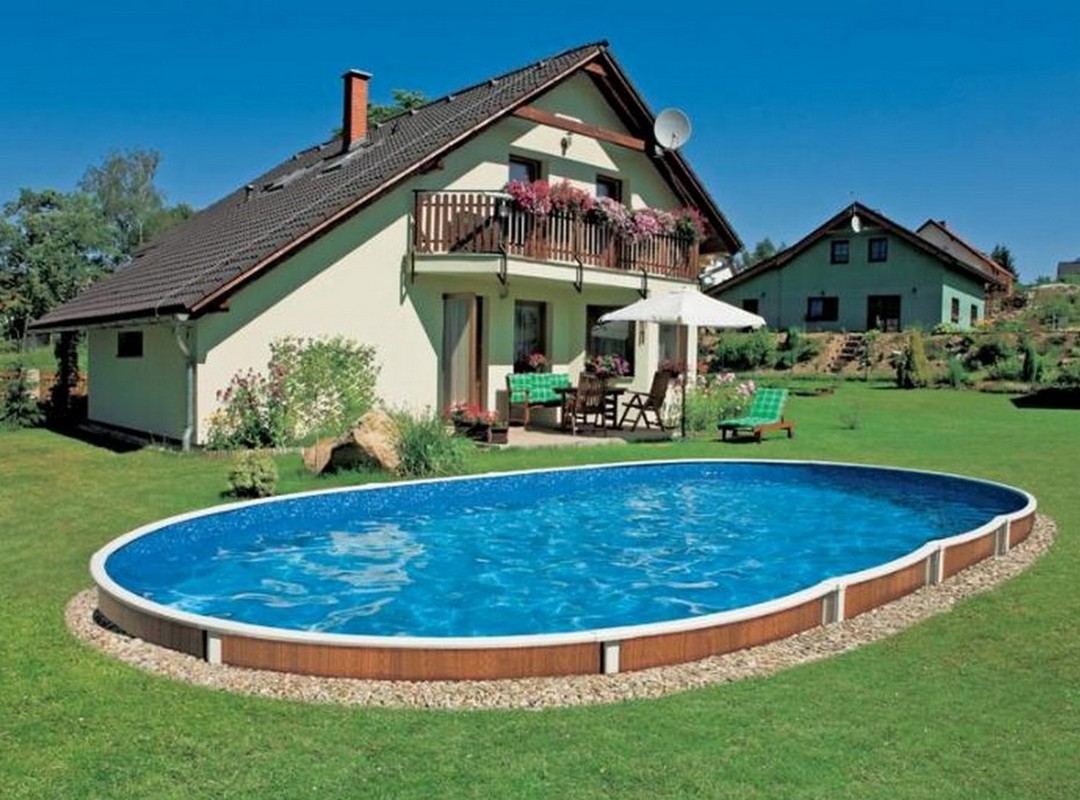Choosing the right color for plastering your pool is a decision that can significantly influence both its aesthetic appeal and functionality. The color you select will not only impact the visual charm of the pool but also affect how the water temperature is maintained and how easily the pool is kept clean. This article will guide you through a variety of considerations and options to help you make an informed choice that aligns with your personal style and practical needs. We’ll explore how different colors interact with light and surroundings, their implications for maintenance, and how they can enhance or alter the pool’s atmosphere. By examining these factors, you will be better equipped to choose a color that complements your outdoor space and meets your specific preferences.
Aesthetic Impact of Pool Color
The color you select for your pool plaster plays a pivotal role in shaping its overall appearance and atmosphere. Lighter colors, such as white or pastel blue, often give the pool a larger and more open feel. These shades reflect more sunlight, resulting in a brighter, cleaner look that can make the water appear more vibrant and inviting. Lighter hues also tend to make the pool area feel more spacious, enhancing its appeal. In contrast, darker colors like deep navy or charcoal, create a sense of intimacy and sophistication. They absorb more heat, which can be particularly advantageous in cooler climates, providing a warm and inviting water experience. Additionally, darker shades can add a dramatic flair and elegance to the pool area, making it a striking focal point in your backyard.
Choosing Pool Plaster Color
When choosing a pool plaster color, several important factors should guide your decision. First, consider the size and shape of your pool. Lighter colors can make smaller pools appear more expansive, while darker shades can add depth and elegance to larger pools. Additionally, think about the surrounding landscape. The color of your pool should harmonize with your outdoor environment. For instance, a pool surrounded by lush greenery might benefit from a natural stone or blue hue.
Another crucial factor is the amount of sun exposure your pool receives. Pools in sunny areas may be better suited to lighter colors that help maintain cooler water temperatures. On the other hand, darker colors can absorb more heat, making them ideal for cooler climates. Lastly, personal preference plays a significant role. Select a color that resonates with your aesthetic taste and complements the design of your home.
Practical Pool Color Tips
Practical aspects of pool color choices are also crucial to consider. Light-colored plaster tends to show dirt, stains, and waterline marks more easily, requiring more frequent cleaning and maintenance to keep it looking pristine. In contrast, darker colors may better conceal imperfections and minor stains but can absorb more heat from the sun. This can result in higher water temperatures, potentially affecting swimming comfort, especially during hot weather. Additionally, darker colors might require more attention to prevent heat-induced algae growth. For those seeking a balance between aesthetics and practicality, consider colors that combine visual appeal with ease of maintenance. Opt for high-quality plaster materials that are durable, resistant to weather conditions, and offer long-lasting performance. This ensures that the pool maintains its beauty and functionality over time, minimizing the need for extensive upkeep and enhancing the overall swimming experience.
Boosting Pool Appeal Professionally
When selecting the right color for your pool plaster, it can be highly beneficial to consult with professionals who specialize in pool services. For instance, a reputable company like Cleaning Pool Service Victorville can offer invaluable insights and recommendations tailored to your specific needs and preferences. Their expertise extends beyond mere color selection; they can advise you on the most suitable plaster types, taking into account factors such as durability and resistance to local weather conditions.
Additionally, they can provide guidance on ongoing maintenance practices to keep your pool looking pristine and functioning optimally. By leveraging their professional advice, you can make a well-informed decision that enhances both the aesthetic appeal and longevity of your pool.
Final Thoughts
In conclusion, choosing the ideal color for plastering your pool involves a careful consideration of various factors, including aesthetics, practical implications, and personal preference. By taking into account the size and shape of your pool, its surrounding landscape, and the amount of sun exposure, you can select a color that not only enhances its visual appeal but also complements your overall outdoor design.
The right color choice can impact how the pool integrates with its environment and how often it needs maintenance. Consulting with professional pool service providers can offer additional insights into how different colors perform under varying conditions. Their expertise can help ensure that your choice aligns with both your aesthetic vision and functional needs, ultimately enhancing your enjoyment of the pool and its long-term value.




